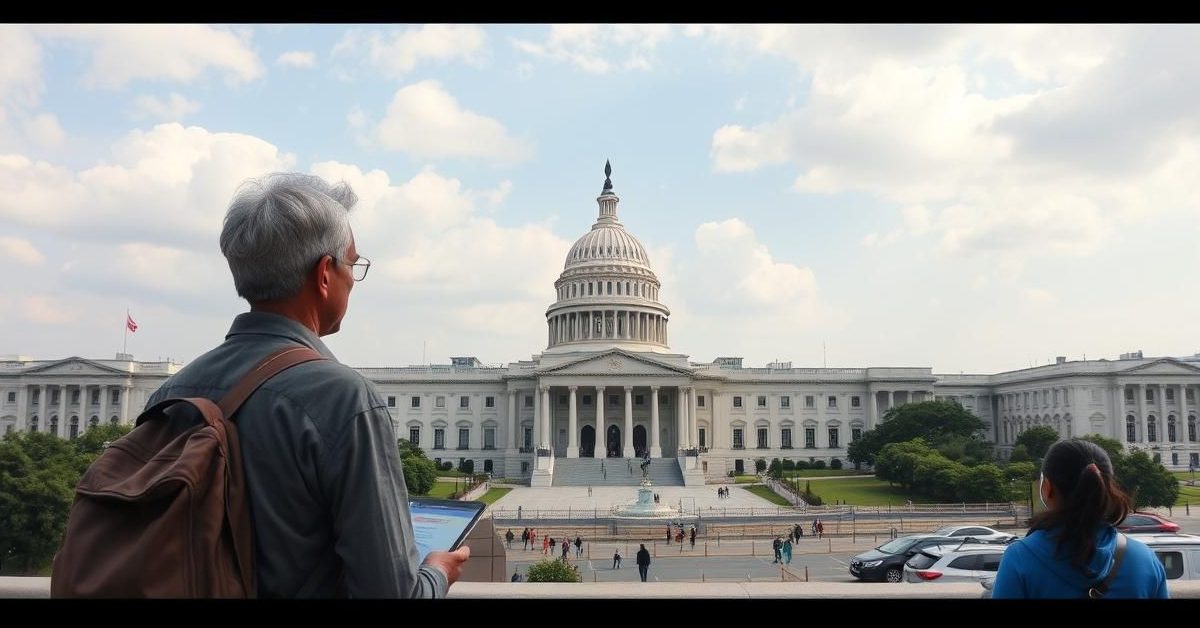Sending money from the US to India is set to get slightly more expensive for some, following the approval of a new 1% tax on remittances.
The New US Remittance Tax Explained
US lawmakers in both the Senate and House of Representatives recently passed President Donald Trump’s “One Big Beautiful Bill Act” (OBBBA). This legislation includes a new 1% tax on certain money transfers sent overseas.
This 1% tax is scheduled to come into effect on January 1, 2026. It will apply to transfers exceeding $15. It’s worth noting that the tax rate was significantly reduced from initial proposals, which were as high as 5%.
Important Exemptions You Should Know
Crucially, not all remittances will be subject to this new tax. The levy primarily targets money sent using cash, money orders, cashier’s checks, or “any other similar physical instrument” provided to service providers.
This means transfers made through traditional bank accounts or using US-issued debit and credit cards will be exempt. Additionally, if the sender can prove US citizenship, the tax will not apply to their remittances.
What This Means for India
India is the world’s leading recipient of remittances, making this US tax a point of interest. However, economists, like Gaura Sen Gupta of IDFC FIRST Bank, believe the overall impact on India will be limited.
There might be a temporary shift, with more remittances sent in the months leading up to January 2026. The US-based Center for Global Development estimates India could see a reduction of just under $500 million in formal remittances due to this tax.
India’s Remittance Powerhouse Status
Remittances are a vital lifeline for India’s economy. The latest Reserve Bank of India (RBI) data shows that personal transfers from abroad hit a record $124.31 billion net in 2024-25.
The United States is India’s largest source of these funds, accounting for 27.7% of all remittances in 2023-24, roughly $32 billion. This share has been growing steadily over recent years.
The importance of these funds cannot be overstated: in 2024-25, net remittances not only fully covered India’s goods and services trade deficit but also left a significant surplus.
Tackling Global Transfer Costs
Beyond the new tax, the cost of sending money across borders remains a global challenge. The World Bank reported that the average cost to send $200 to India in late 2024 was 5.3%, lower than the global average of 6.6%.
High costs and delays are often due to multiple intermediaries in the payment chain. To address this, central banks are exploring digital currencies and linking national instant payment systems.
India has already connected its Unified Payments Interface (UPI) with Singapore’s PayNow. The RBI also joined Project Nexus, a global initiative by the Bank for International Settlements, aimed at making cross-border payments cheaper, faster, and more transparent.
- A new 1% US tax on certain remittances will start January 1, 2026, for transfers over $15.
- The tax primarily applies to cash or physical instrument transfers; bank and card transfers are exempt.
- Economists expect a limited overall impact on India, despite it being the top remittance recipient.
- India is actively working on global payment solutions to reduce transfer costs and delays.
These global efforts continue to strive for more efficient and affordable ways for individuals to send money home.














